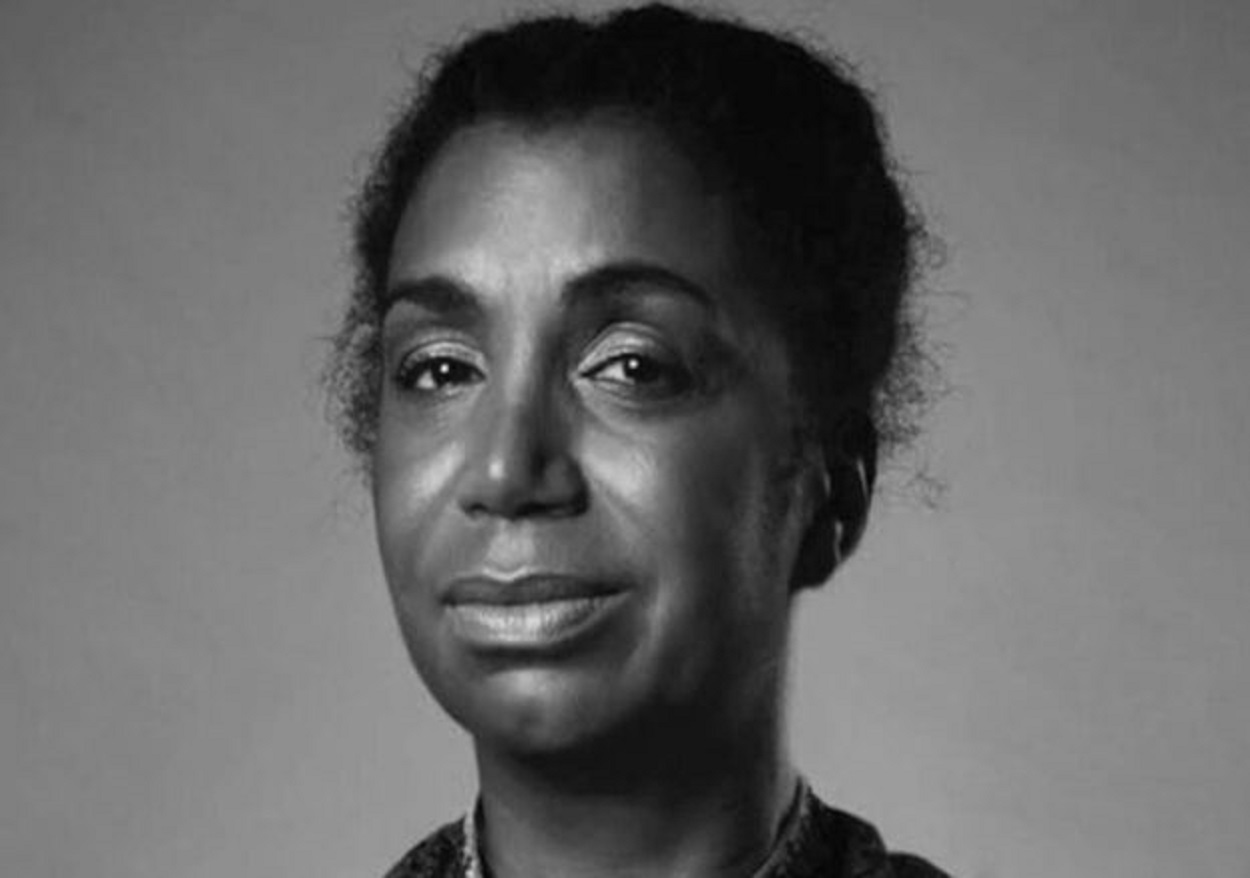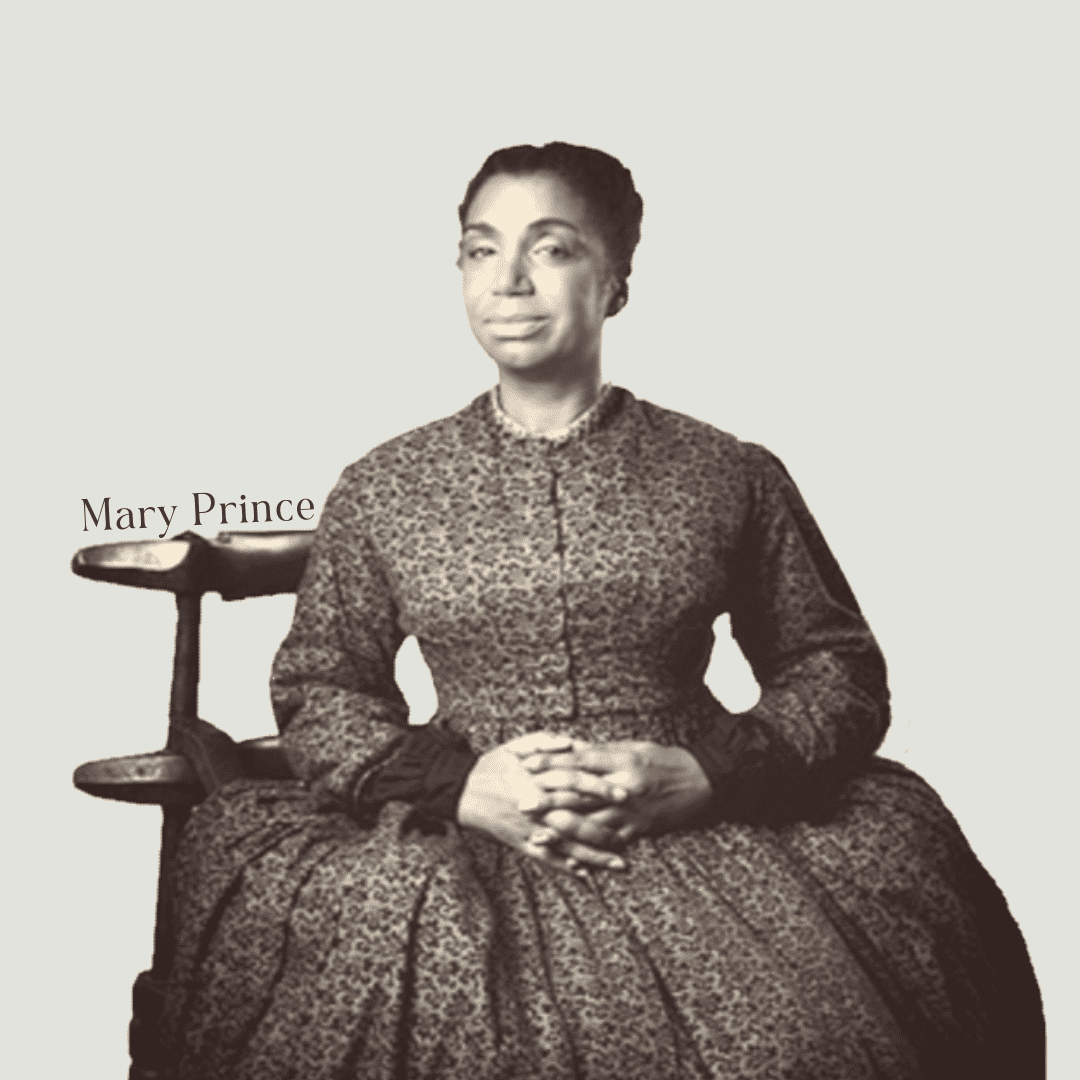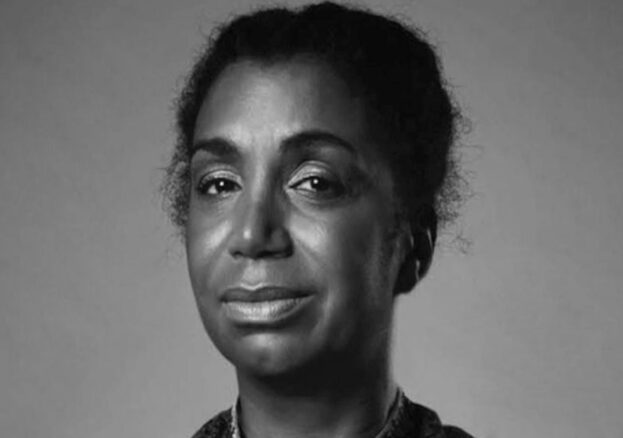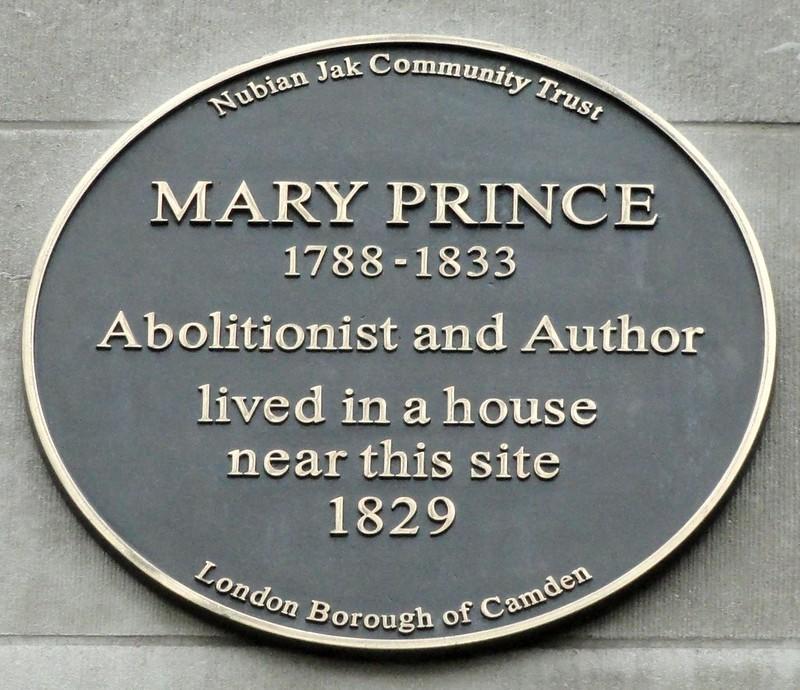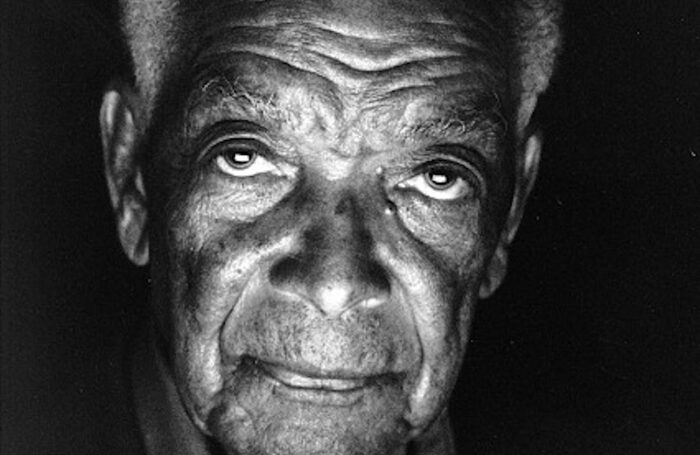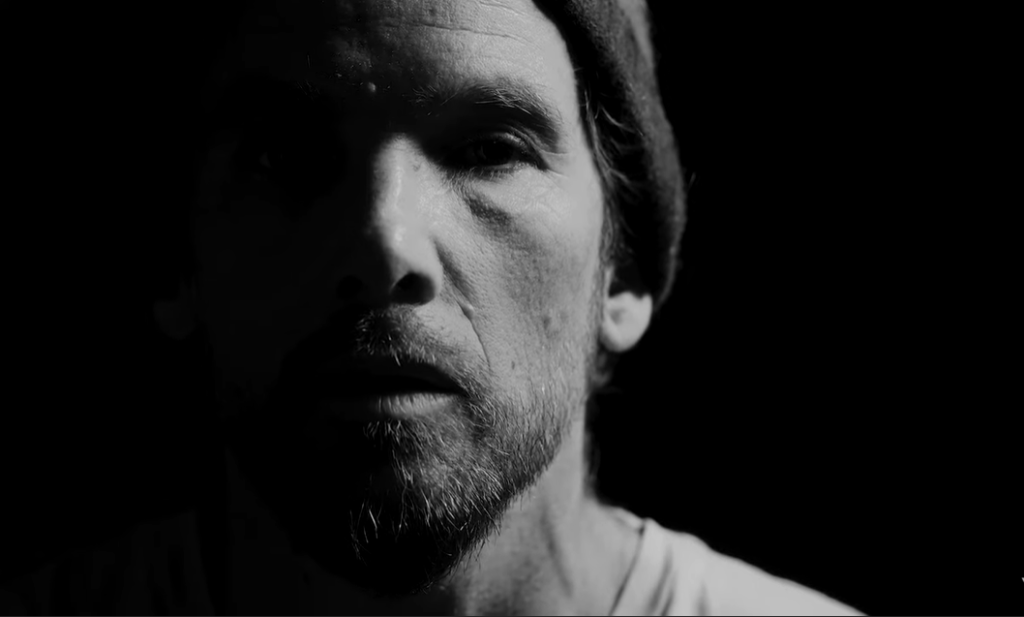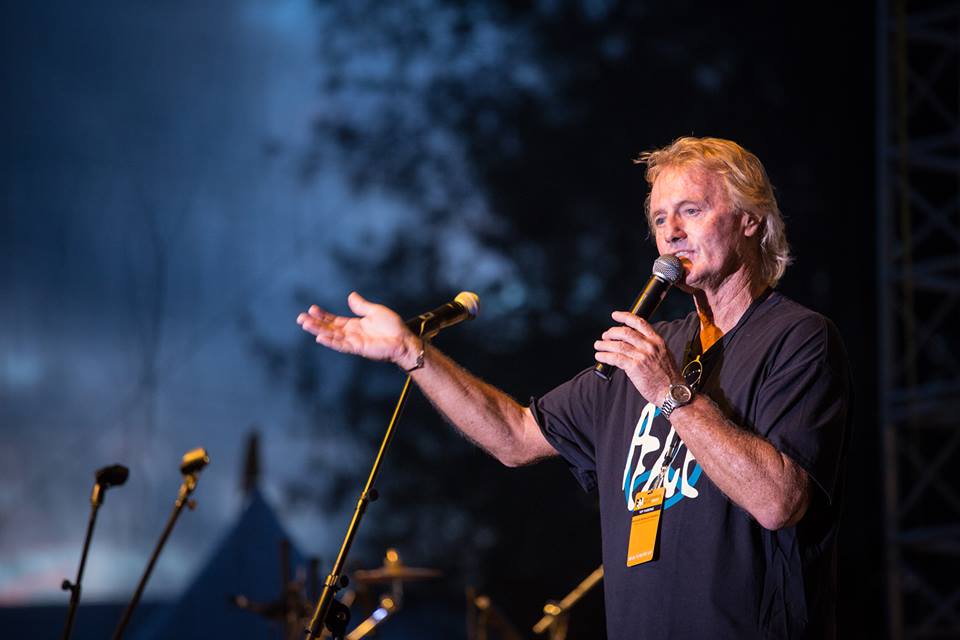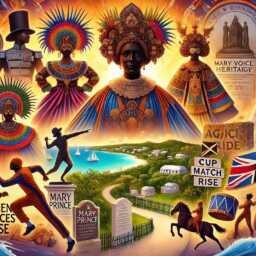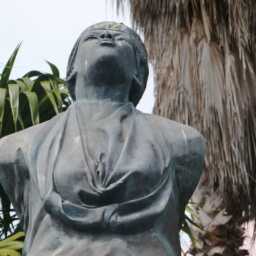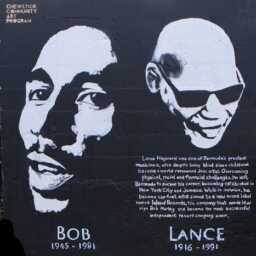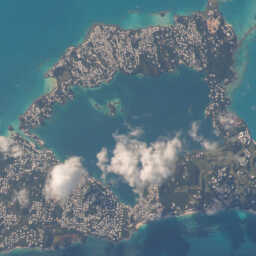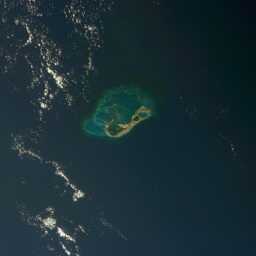Abolitionist & Author
1788 – 1833
I have been a slave myself—I know what slaves feel… The man who says slaves be quite happy in slavery—that they don’t want to be free—that man is either ignorant or a lying person.
Mary Prince
Overview
Mary Prince (c. 1 October 1788 – after 1833) was a West Indian writer and the first Black woman to publish an autobiography of her experiences as a slave. Born into slavery in Bermuda, she was sold multiple times and eventually brought to England as a servant. In London, she narrated her life story, which became a powerful account that fueled the anti-slavery movement in the UK.
Early Life and Family
– Born: Brackish Pond, Devonshire Parish, Bermuda
– Parents: Father – Prince (a sawyer); Mother – Household servant held by Charles Myners
– Siblings: Three brothers, two sisters (Hannah and Dinah)
– Sold: After Myners’ death, Prince and her family were sold to Captain George Darrell. At age 12, she was sold for £38 to Captain John Ingham of Spanish Point, Bermuda.
Life in Slavery
Mary endured harsh conditions, particularly in salt ponds where she worked up to 17 hours straight. She was sold again for £100 and forced into further labor, eventually becoming a domestic servant in Antigua.
Struggle for Freedom
In 1828, she traveled to England with her enslavers, the Adams Woods. After conflicts, she left their household and sought refuge with the Moravian church. With the support of abolitionists like Thomas Pringle, she sought to gain her freedom.
The History of Mary Prince
In 1831, Mary Prince’s autobiography, *The History of Mary Prince*, was published, offering a first-hand account of slavery’s brutalities. Her book had a significant impact on the British anti-slavery movement, selling out three printings in its first year. It remains a crucial work in the history of abolitionism.
Anti-Slavery Society
– Founded: 1823 in London
– Goal: Abolish slavery across the British Empire
– Impact: Played a key role in shifting public opinion against slavery, culminating in the Slavery Abolition Act of 1833.
Legacy
– Plaque: In 2007, a commemorative plaque was unveiled in Bloomsbury, London, where Mary Prince once lived.
– Museum Exhibit: The Museum in Docklands opened a permanent exhibition titled *London, Sugar & Slavery* in 2007, featuring her story.
Further Reading
The History of Mary Prince: A West Indian Slave -digilib.nypl.org/dynaweb/digs/
wwm97262/@Generic BookView
– New York Public Library’s HTML edition
web.archive.org/web/
20190815112358/
http://digilib.nypl.org/dynaweb/digs
/wwm97262/@Generic__BookView
source: Wikipedia (27.08.24) en.wikipedia.org/wiki Mary Prince
